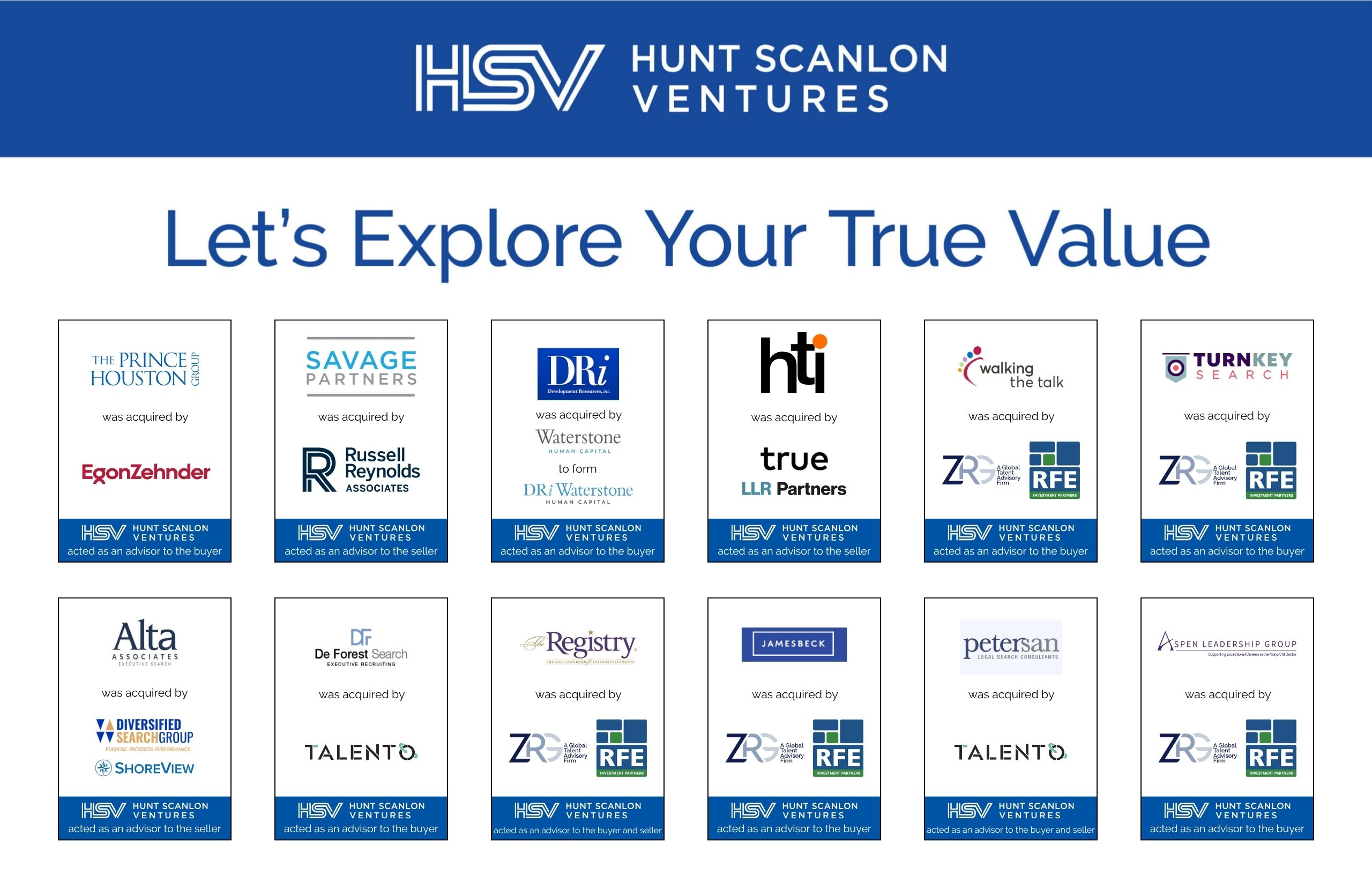As the second half of the year begins, employers are taking a more cautious approach to hiring—even though essential sectors like healthcare continue to drive activity. Leo Cummings, an associate at Hunt Scanlon Ventures, examines the latest jobs data and what it means for executive search and talent leaders navigating a more uneven employment market.
The U.S. labor market continued its sluggish pace in July, adding just 73,000 nonfarm payroll jobs. According to the Bureau of Labor Statistics, job growth has been effectively flat since April. May and June were both revised down sharply, erasing a combined 258,000 jobs from previously reported gains.
The unemployment rate held steady at 4.2%, with labor force participation at 62.2%, down 0.5 percentage points from a year earlier. Long-term unemployment also rose to 1.8 million, accounting for nearly one in four unemployed Americans.
“This jobs report underscores the complexity of the market right now,” said Leo Cummings, an associate at Hunt Scanlon Ventures. “Headline numbers suggest stagnation, but underneath, we’re seeing continued hiring in core sectors and lingering hesitancy elsewhere. It’s a segmented market—talent leaders need to tailor strategies by sector and seniority level.”
Healthcare and Social Assistance Continue to Anchor Growth
Healthcare added 55,000 jobs in July, outpacing its 12-month average. Most of the gains came from ambulatory care and hospitals. Social assistance also added 18,000 roles, mainly in family and individual services.
“The healthcare sector continues to anchor national job growth,” Mr. Cummings explained. “It is a reminder that essential services are still talent-constrained and actively hiring, even as other sectors pause. This creates opportunity for recruiters, especially in clinical, tech-enabled care, and human services roles.”
Government and White-Collar Sectors Show Strain
Federal employment dropped by another 12,000 jobs and is now down 84,000 since January. Outside of healthcare, many major sectors—including manufacturing, retail, professional services, and finance—showed little to no job growth.
The number of new job seekers rose by 275,000, signaling heightened pressure on entry-level and junior roles. Part-time work for economic reasons remained elevated, and 6.2 million people are now not in the labor force but still want a job.
“White-collar roles are feeling the squeeze,” said Mr. Cummings. “Companies are being more selective with executive hiring and more aggressive with productivity expectations. For talent leaders, that means managing morale, setting realistic growth plans, and ensuring retention strategies are airtight.”
“Proactive workforce planning and retention is essential heading into the fall.”
Larry Hartmann, CEO of ZRG Partners, echoed the shift in tone. “Leaders aren’t necessarily pulling back,” he said, “they’re being more deliberate and looking for stability. And that’s where opportunity tends to live.”
Wage Growth Holds, But Revisions Raise Concerns
Average hourly earnings rose 0.3% in July and are up 3.9% over the past year. The average workweek edged up slightly to 34.3 hours. But the significant downward revisions to prior months are casting a shadow on wage optimism and suggesting that softness in the labor market may have arrived earlier than assumed.
“Wage growth remains steady, which is a bright spot—but the downward revisions tell us companies are pulling back more aggressively than expected,” said Mr. Cummings. “That makes proactive workforce planning and retention even more essential heading into the fall.”
“The job market might be cooling,” said Mr. Hartmann. “That doesn’t mean opportunity is. For companies willing to move, to act, to hire with precision… now is a time to leap ahead while others hesitate.”
“Companies are no longer hiring for scale—they’re hiring for precision.”
Leadership Alignment Becomes the Lever
While the labor market appears to be softening, employers are shifting from growth mode to optimization. In this environment, the role of leadership becomes more consequential. When hiring slows, organizations turn inward—evaluating which teams are truly delivering value and where gaps in execution are holding them back.
An AI-driven talent intelligence tool built for precision hiring
“We are entering a phase where companies are no longer hiring for scale—they’re hiring for precision,” said Mr. Cummings. “Leadership strategy becomes the performance strategy.”
Article By

Leo Cummings
Leo Cummings is Editor-in-Chief of ExitUp, the investment blog from Hunt Scanlon Ventures designed for professionals across the human capital M&A sector. Leo serves as an Associate for Hunt Scanlon Ventures, providing robust industry research to support the firm’s investment group.






